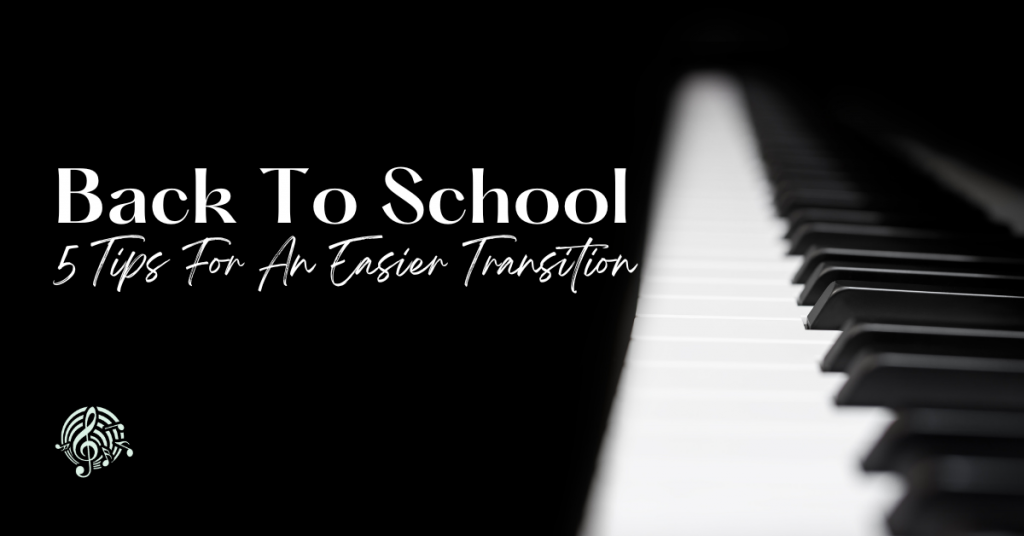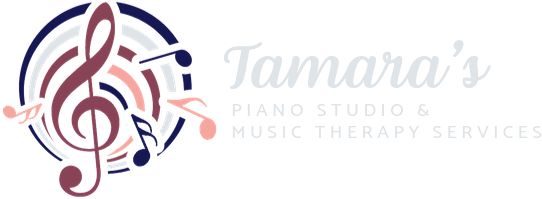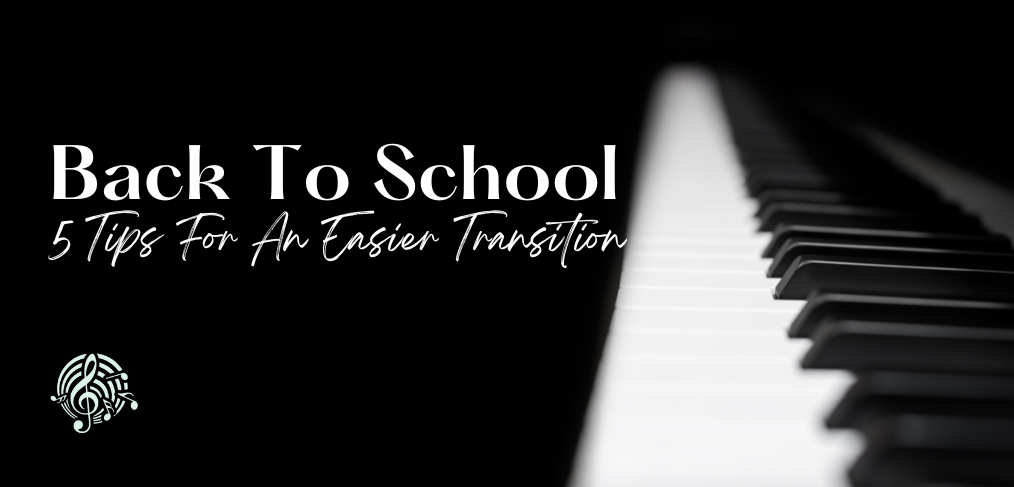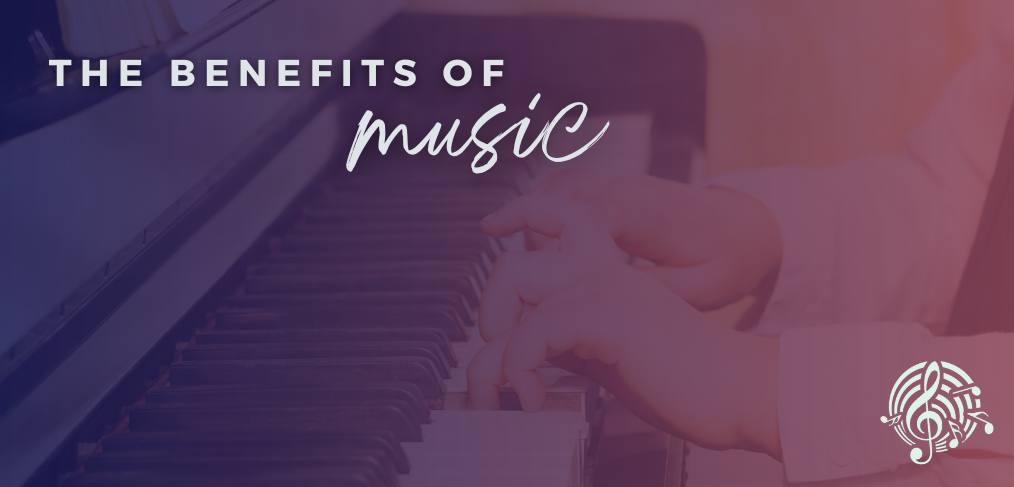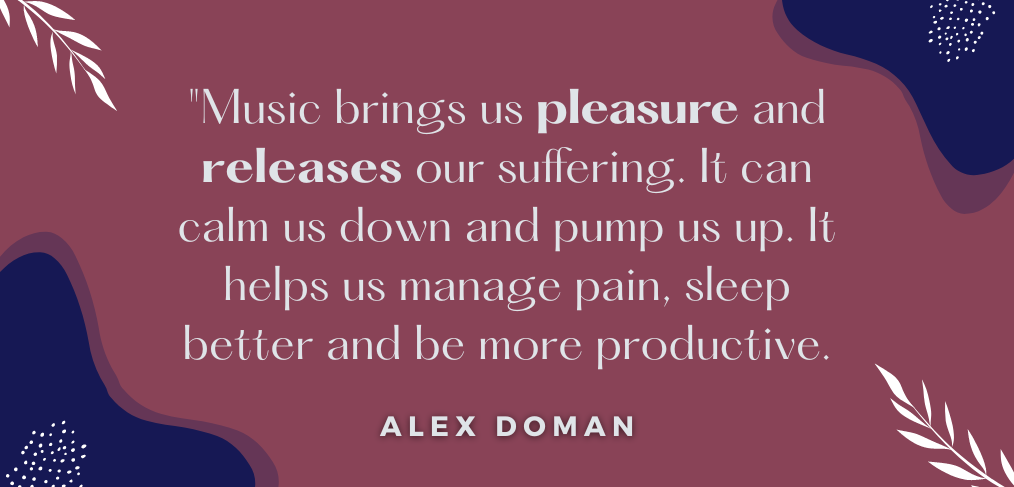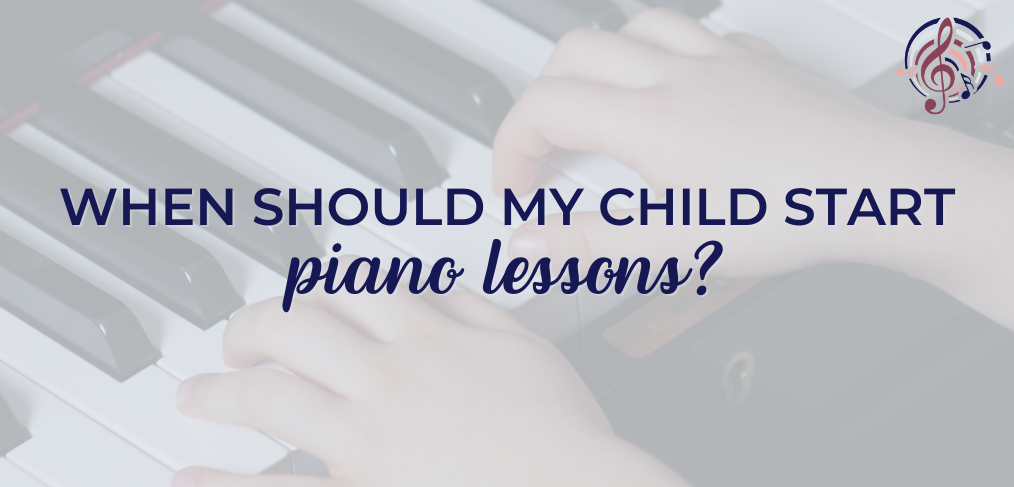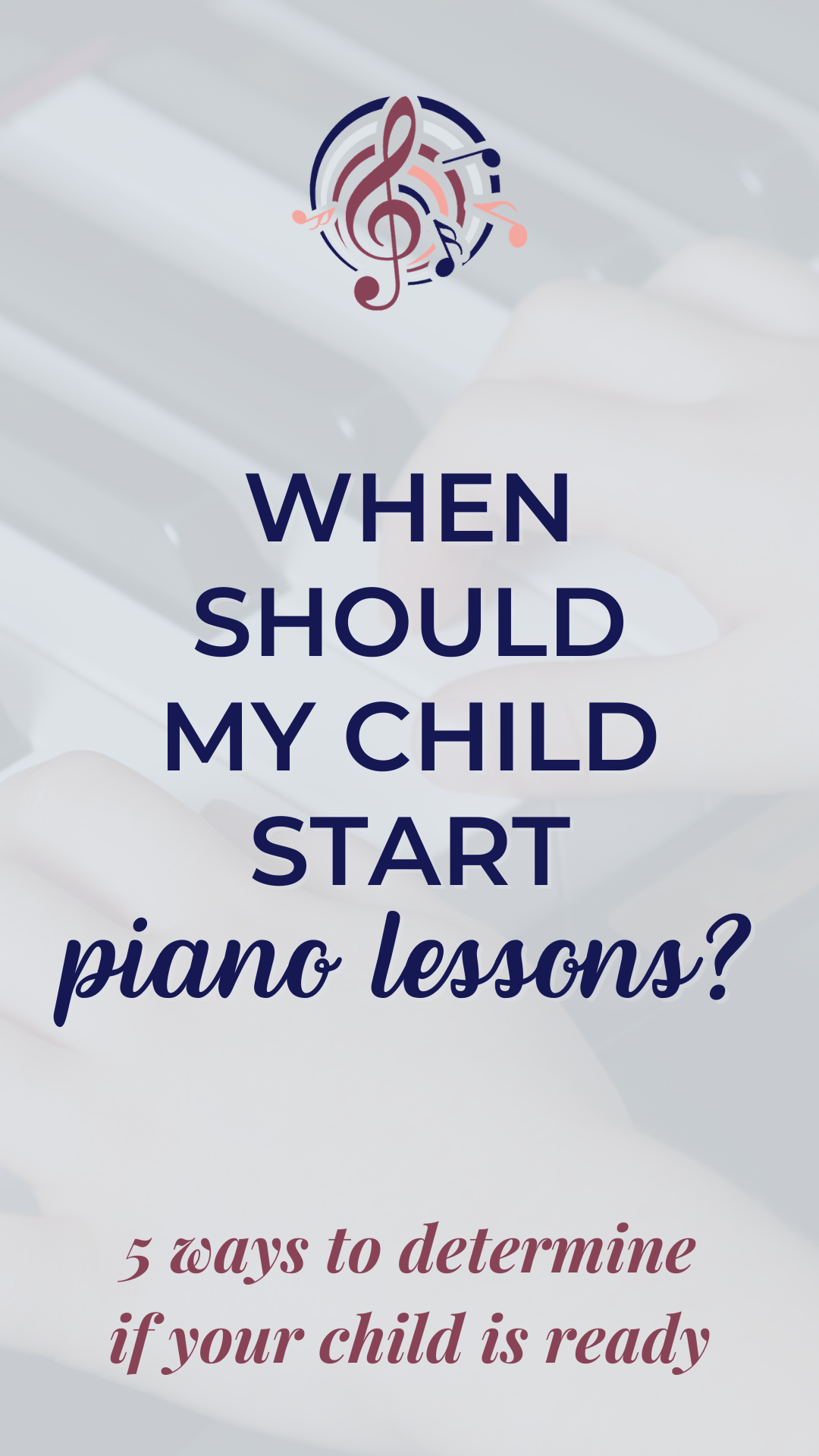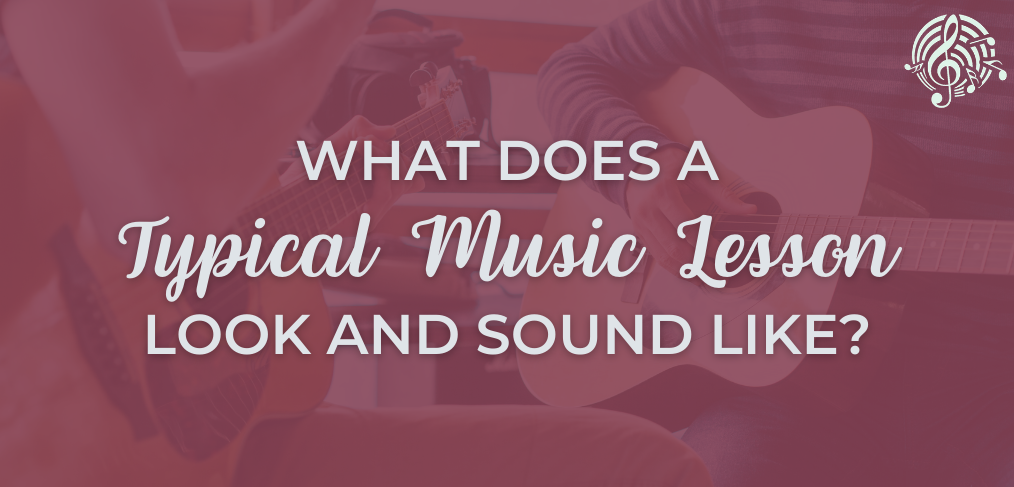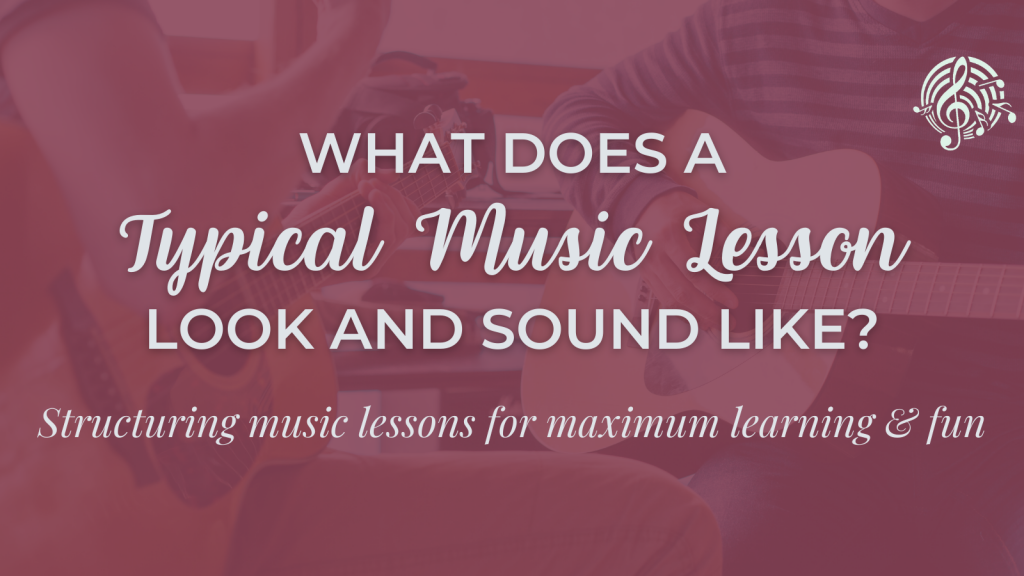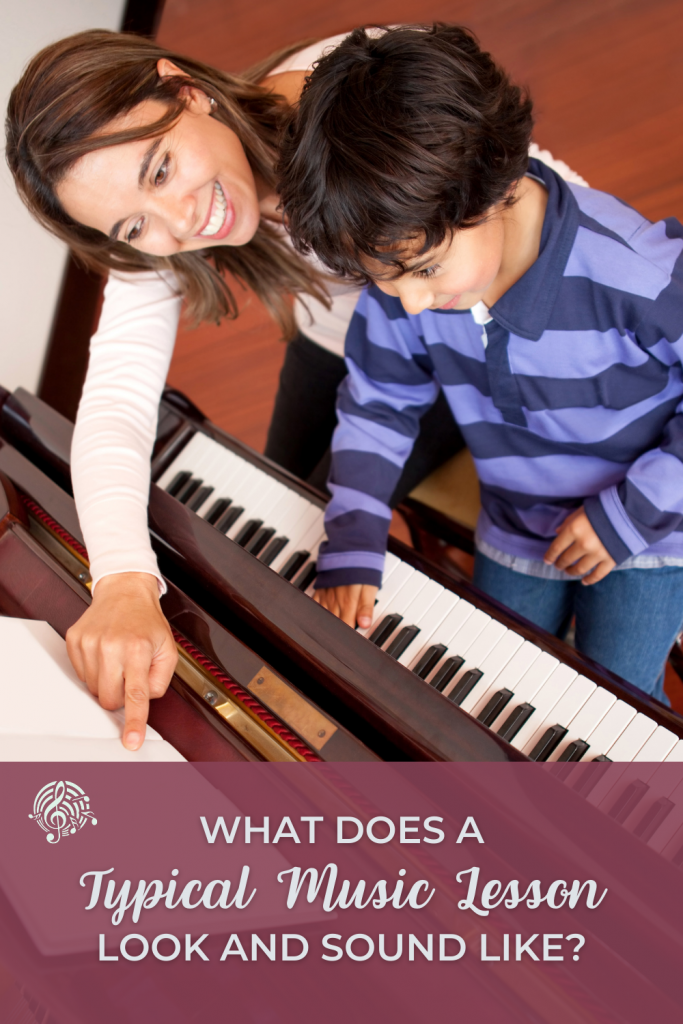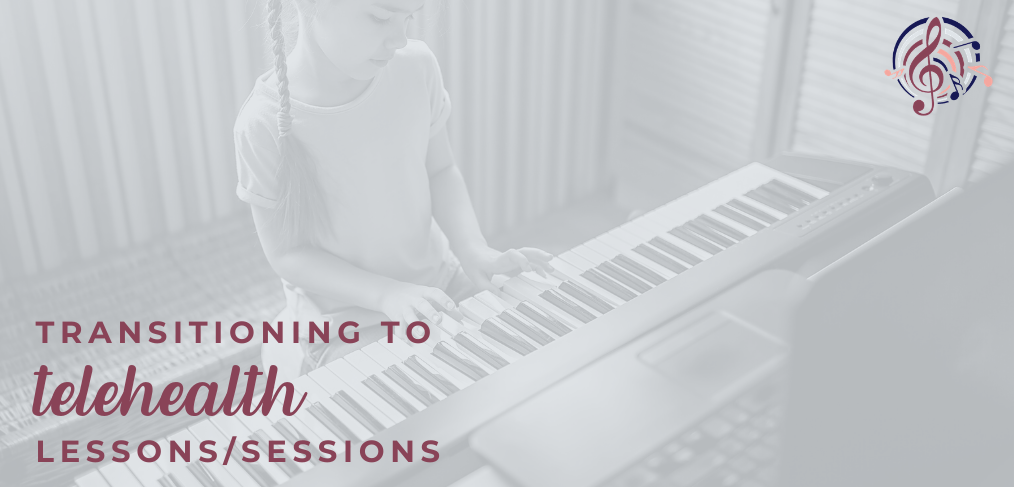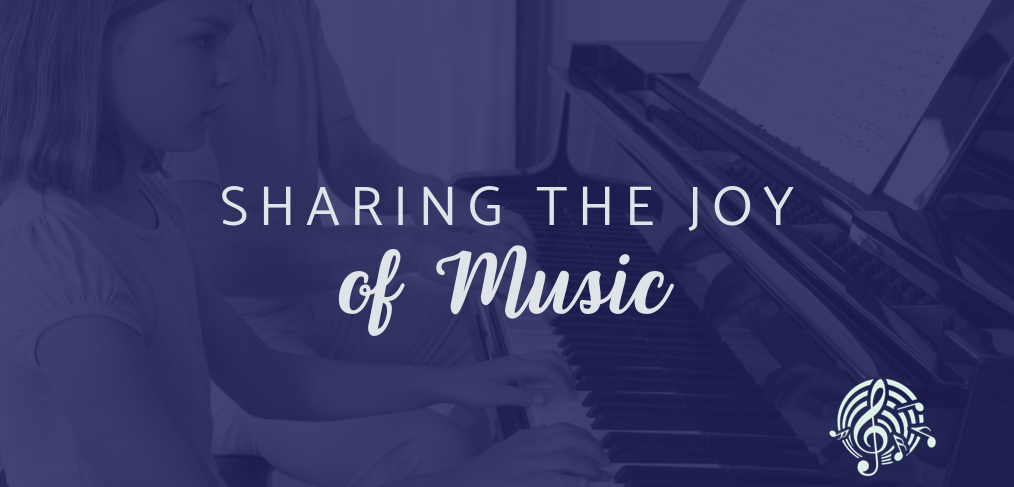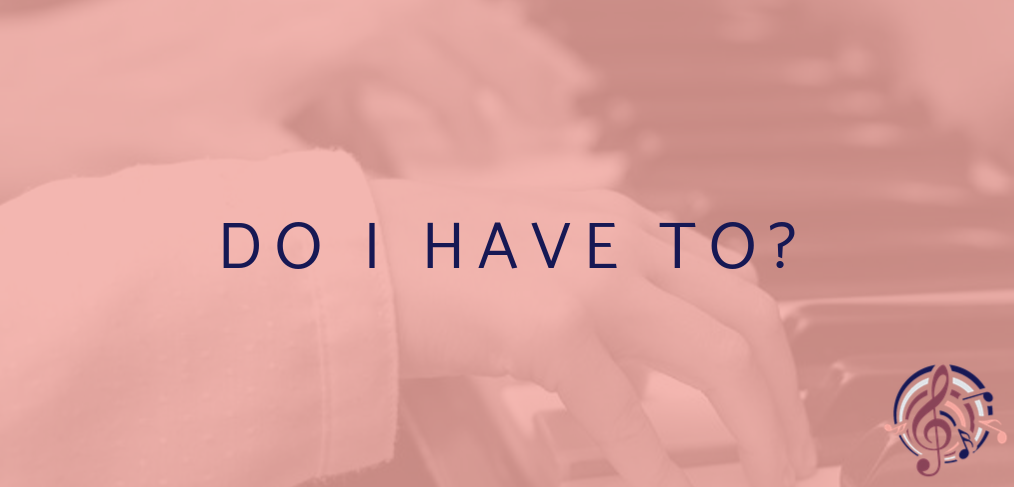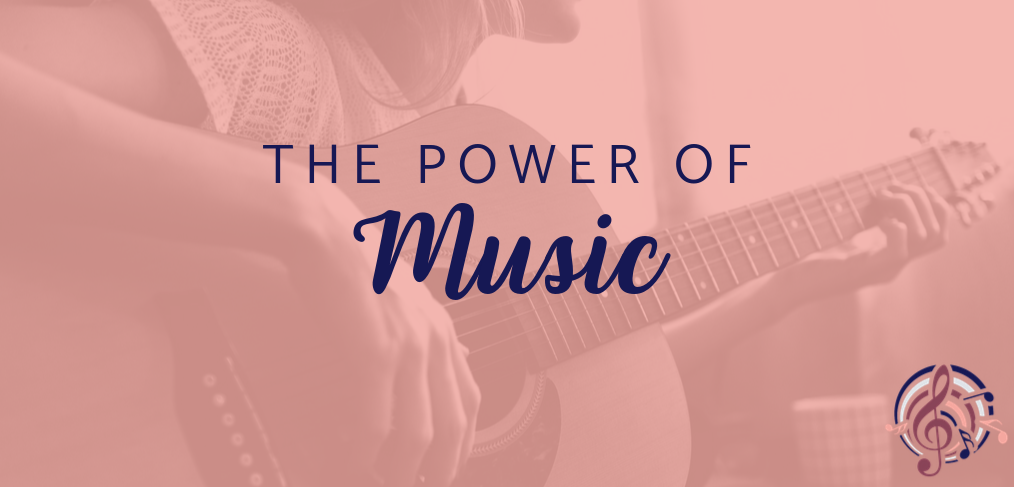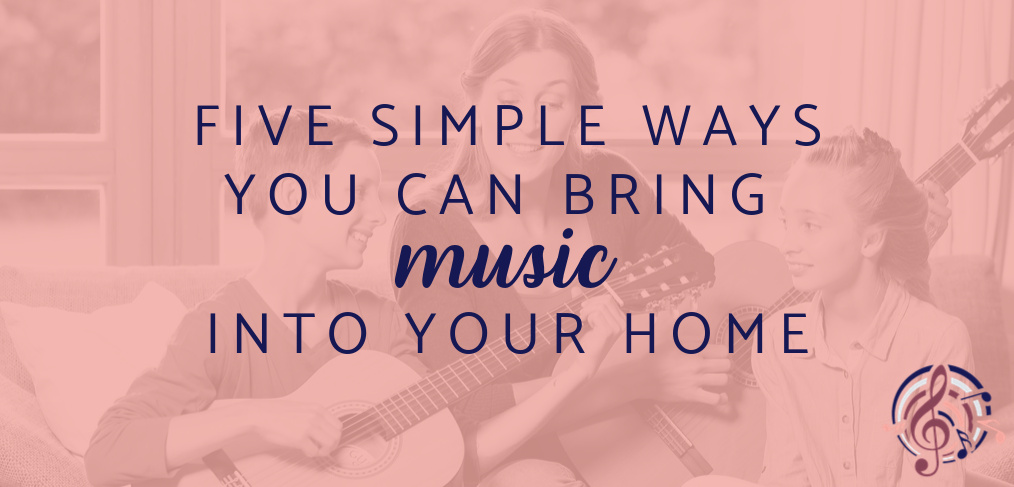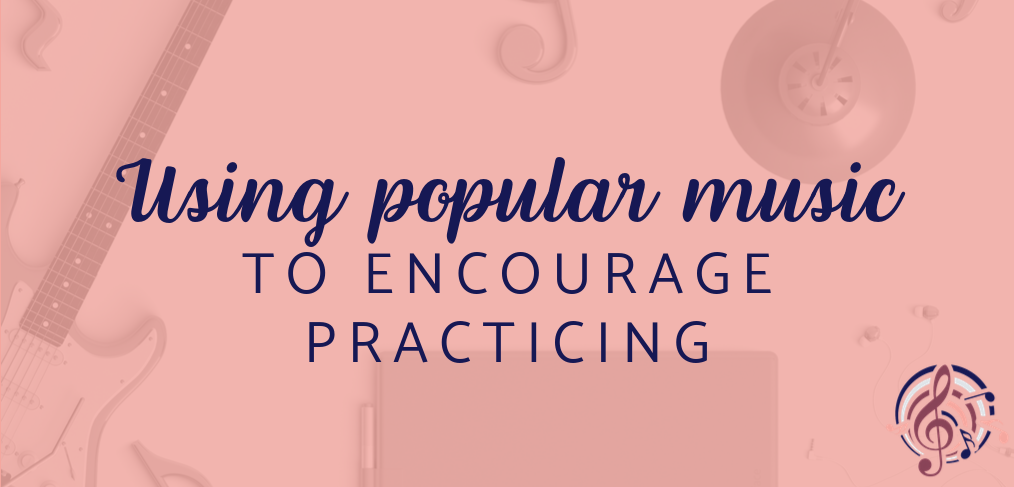Welcome back!
I hope you had a good summer and a good start back to the school year. After a summer of fun and different routines, it’s always good to get back to the school routine. With it, we welcome our school year activities which include music lessons/sessions (unless you continued taking lessons/sessions through the summer!).
For me, back to school means getting back to “work” after a more leisurely summer – literally and figuratively! I get to start seeing students that took a break from lessons over the summer, and it’s also a good time for me to get organized and have a new start. After the summer, I’m always energized and ready to tackle the new year.
Here are some tips for making the transition a bit easier:
Make time for practicing
Getting back into routine includes making time for homework and practicing music. I put those together because they are similar. They both need to be done regularly to ensure success. For success at music, we need to be playing our instruments almost daily and playing the songs multiple times. While practicing isn’t always fun, the payoff is worth it!
Practice a small amount each day
These first few weeks can be challenging as we adjust to the new routine. Practicing a small amount every day or so is a good way to get going and start a new habit! This can also help keep frustration lower when learning new material.
Give it time
For some students, it’s been 2 months without a lesson/session (and likely practicing!). It will take time to get back into the swing of things.
Make sure your piano is properly tuned
If you haven’t had your piano tuned in a while, it might be time to take care of it. It’s harder to play on an untuned piano. It’s distracting and can take away from the music. For beginners, it can be particularly distracting because the notes might not sound the same at home and at the lesson/session.
Speak to your teacher/therapist about your goals for the upcoming school year
Your teacher/therapist is here for you! Having short term and long term goals to work towards throughout the year will help with motivation and practicing. Goals can be anything from learning how to play your favourite song, learning how to play a new style of music, completing an RCM exam, or starting very early preparations for our annual “End-of-the-Year Party and Recitals.” We want your lessons/sessions to always be productive, positive, and rewarding.
With these tips in mind, I wish everyone a smooth transition this month!
